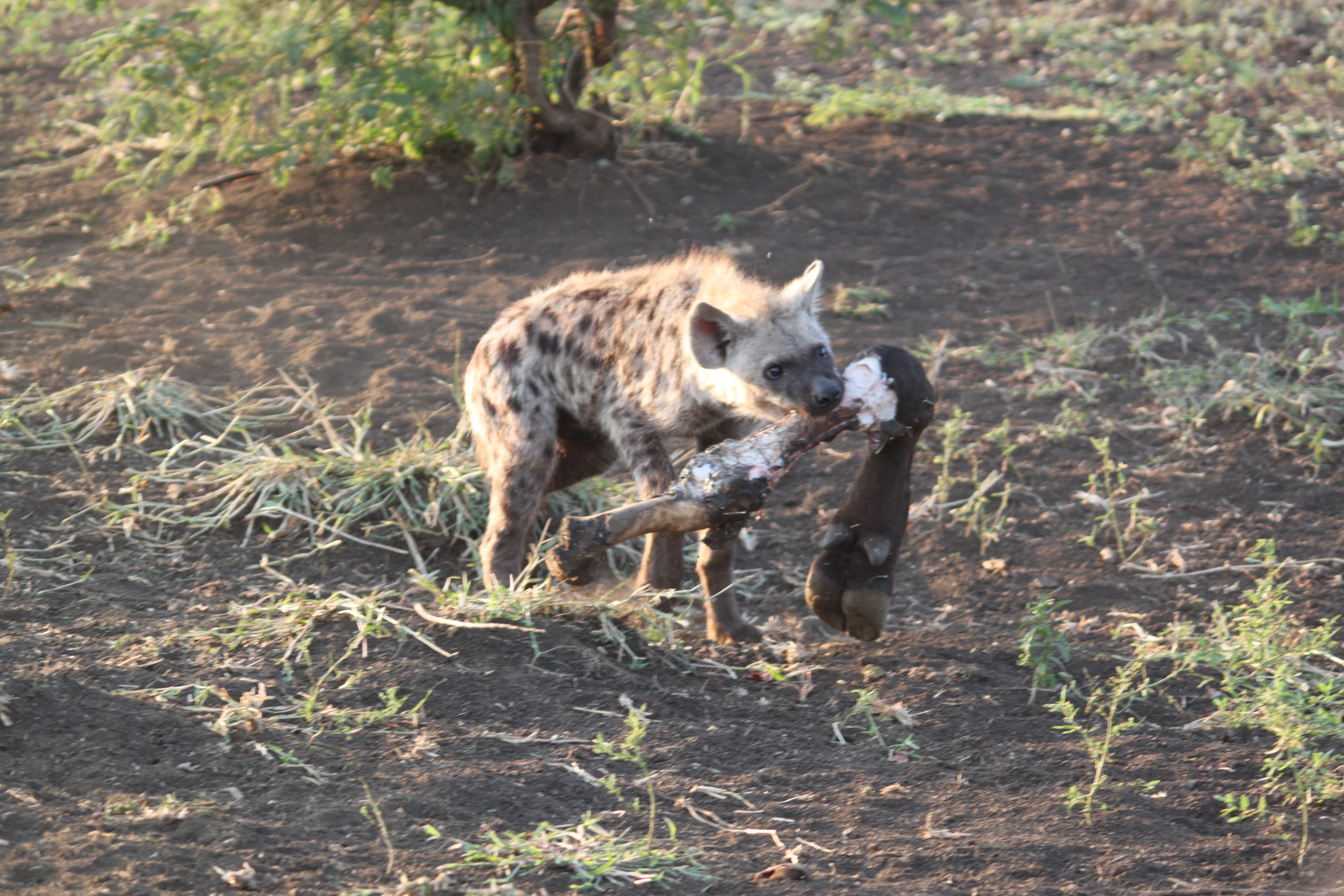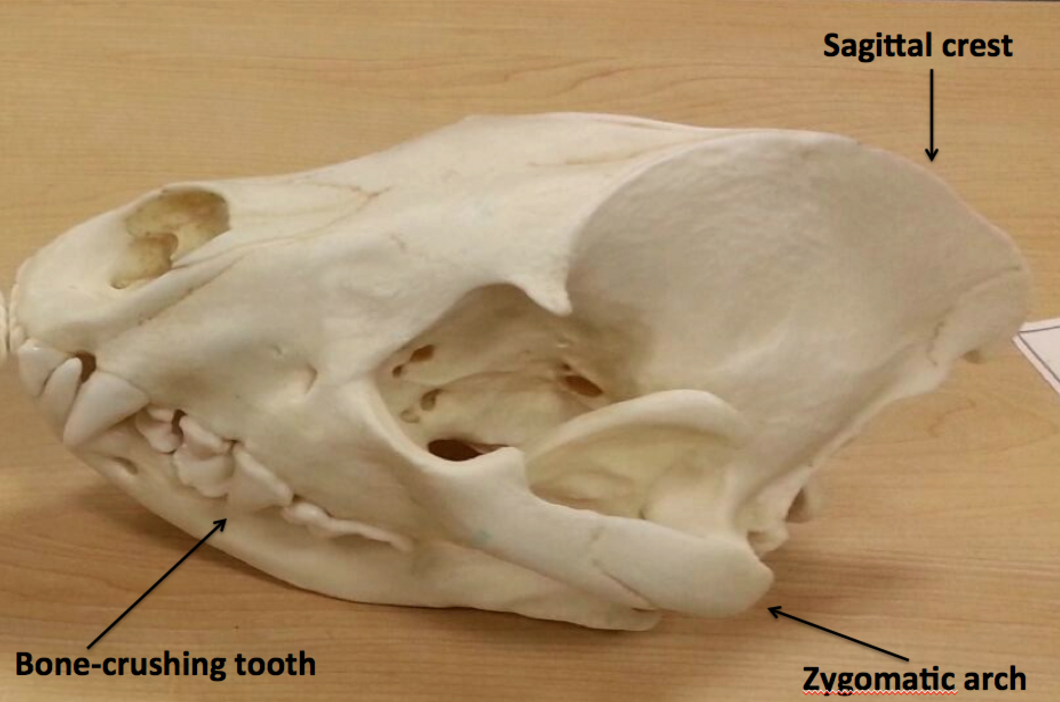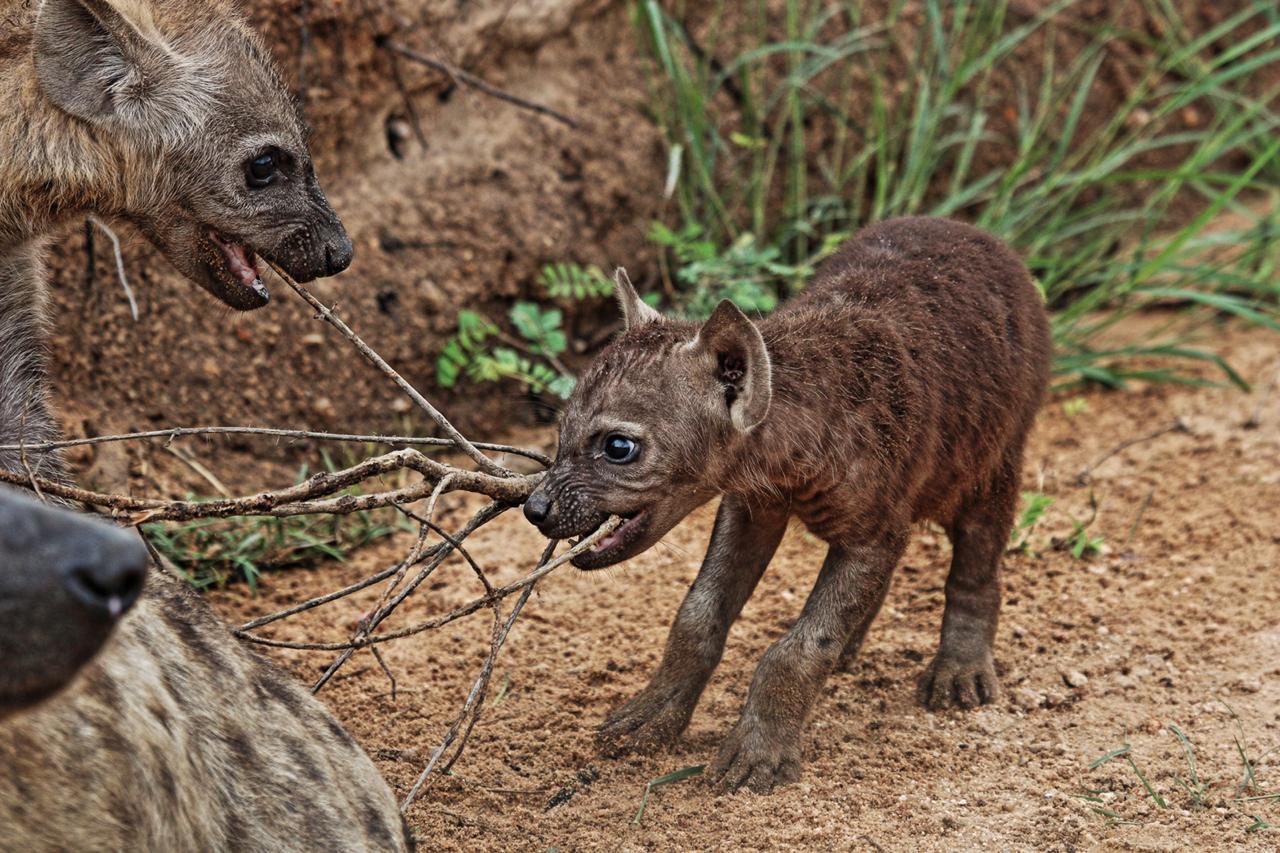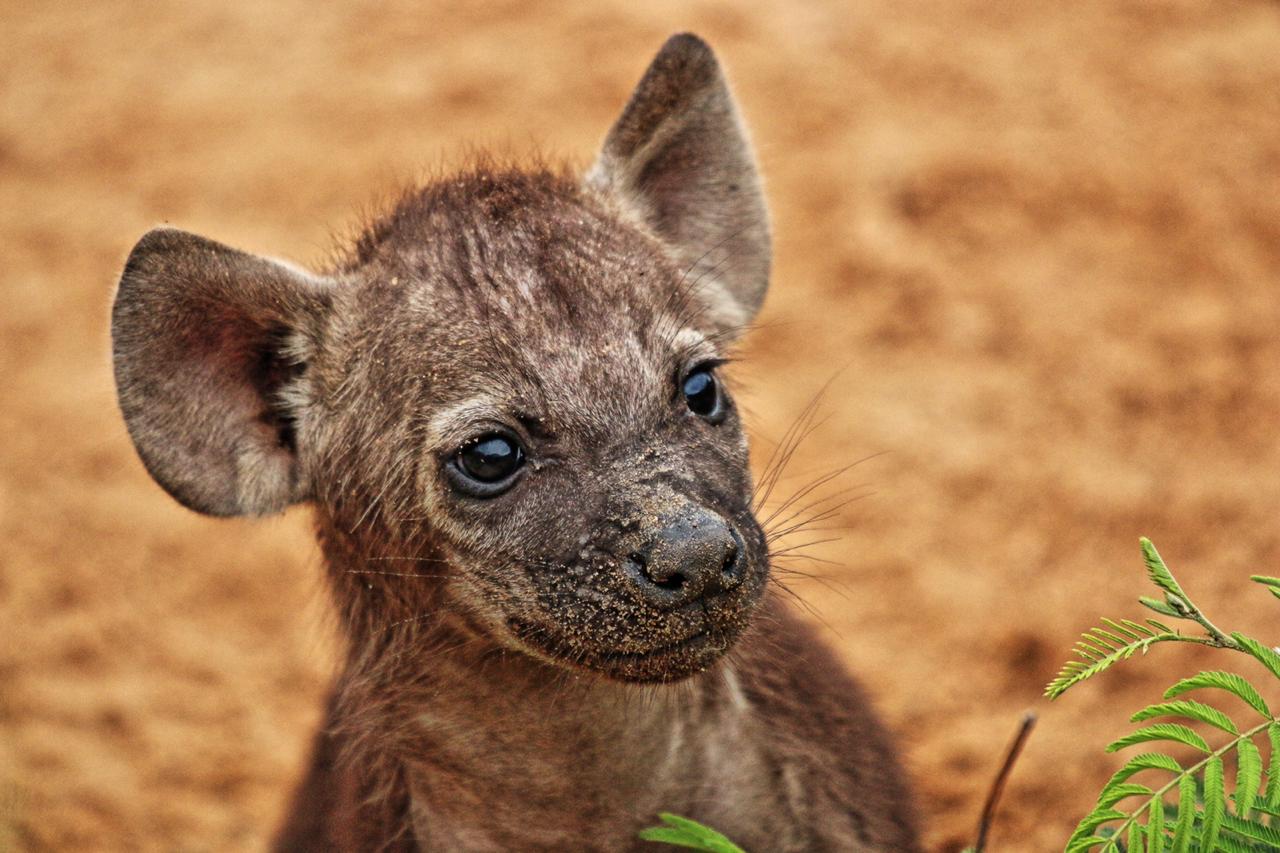Poor lion
He was just out numbered
Spotted Hyena
- Lisbeth
- Site Admin
- Posts: 67780
- Joined: Sat May 19, 2012 12:31 pm
- Country: Switzerland
- Location: Lugano
- Contact:
Re: Spotted Hyena
The lion has to sit on his tail, if he doesn't want it to be pulled or bitten 
The noise the hyenas make is incredible
The noise the hyenas make is incredible
"Education is the most powerful weapon which you can use to change the world." Nelson Mandela
The desire for equality must never exceed the demands of knowledge
The desire for equality must never exceed the demands of knowledge
-
Klipspringer
- Global Moderator
- Posts: 5862
- Joined: Sat Sep 14, 2013 12:34 pm
- Country: Germany
- Contact:
Re: Spotted Hyena
One of the LS videos
And a sensational text, does anyone see the python put up a good fight
And a sensational text, does anyone see the python put up a good fight
Sometimes the best surprises happen when you least expect to see them. Jason Joubert, a 33-year-old Trails guide witnessed this very rare sighting of a python who managed to catch an impala. The python's victory was very short-lived when a sneaky hyena, stole the impala kill right out from under the Python! Jason tells us the story:
“I spotted a hyena with his nose right to the ground, searching an open area. He seemed to be very interested in whatever it is he got a scent of and kept scouting the area for a while. Upon further inspection, the hyena found an African Rock Python wrapped around a young impala!”
Jason told LatestSightings.com that this was the first time he had ever seen a python with an impala catch and how exciting it was watching the hyena carefully sneaking closer to the python. It crept closer and closer until it was just close enough to snatch away the meal.
The python put up a good fight, mirroring the hyena's movement with its head, while still holding on to the impala! Eventually, the hyena wore the python down, and then it was quite an easy steal.
“I was ecstatic! In 13 years of guiding, I had never seen anything like this, I was just bummed that the python lost its kill after a lot of hard work though.”
- Lisbeth
- Site Admin
- Posts: 67780
- Joined: Sat May 19, 2012 12:31 pm
- Country: Switzerland
- Location: Lugano
- Contact:
Re: Spotted Hyena
The python seems rather asleep to me 

"Education is the most powerful weapon which you can use to change the world." Nelson Mandela
The desire for equality must never exceed the demands of knowledge
The desire for equality must never exceed the demands of knowledge
- Richprins
- Committee Member
- Posts: 76242
- Joined: Sat May 19, 2012 3:52 pm
- Location: NELSPRUIT
- Contact:
Re: Spotted Hyena
What strength! 

Kruger Sightings
@LatestKruger
15 May 2016
Hyena with buffalo's leg
S28 near Crocodile Bridge
Tinged by Nigel Bracegirdle

Kruger Sightings
@LatestKruger
15 May 2016
Hyena with buffalo's leg
S28 near Crocodile Bridge
Tinged by Nigel Bracegirdle
Please check Needs Attention pre-booking: https://africawild-forum.com/viewtopic.php?f=322&t=596
-
Klipspringer
- Global Moderator
- Posts: 5862
- Joined: Sat Sep 14, 2013 12:34 pm
- Country: Germany
- Contact:
Re: Spotted Hyena
Skull Development
The skull of the spotted hyena, being a specialized piece of equipment adapted excellently to crush the dense bones of ungulates, takes some time to reach its peak performance capacity. The sagittal crest on the top of the skull, as well as the heavy carnassial teeth near the back of the jaw, do not finish development until approximately 24 months of age, when the individual is approaching sexual maturity. Because of this, adolescent spotted hyena cannot provide for themselves the nutrition they need. Offspring are nursed by their mother for approximately 18 months, after which there is a severe bottleneck in survival rates until their skeletal development is complete. Adolescent hyenas are dependent on their mother for a significantly longer period than many carnivorous mammals, and as a result, adult females must be able to provide for their offspring more effectively, likely putting evolutionary pressure on females to tend towards greater size, strength, and aggression.

- Richprins
- Committee Member
- Posts: 76242
- Joined: Sat May 19, 2012 3:52 pm
- Location: NELSPRUIT
- Contact:
Re: Spotted Hyena
Fascinating! 
Please check Needs Attention pre-booking: https://africawild-forum.com/viewtopic.php?f=322&t=596
- Richprins
- Committee Member
- Posts: 76242
- Joined: Sat May 19, 2012 3:52 pm
- Location: NELSPRUIT
- Contact:
Re: Spotted Hyena


Kruger Sightings
@LatestKruger
December 2018
A baby Hyena playing with its older sibling and Mom
Tinged by Gabby Shipman
Please check Needs Attention pre-booking: https://africawild-forum.com/viewtopic.php?f=322&t=596
- Lisbeth
- Site Admin
- Posts: 67780
- Joined: Sat May 19, 2012 12:31 pm
- Country: Switzerland
- Location: Lugano
- Contact:
Re: Spotted Hyena
The hyena thing explained above made me think of the woodpecker. It must be something like it, at least from an evolutive point of view 
"Education is the most powerful weapon which you can use to change the world." Nelson Mandela
The desire for equality must never exceed the demands of knowledge
The desire for equality must never exceed the demands of knowledge
- Lisbeth
- Site Admin
- Posts: 67780
- Joined: Sat May 19, 2012 12:31 pm
- Country: Switzerland
- Location: Lugano
- Contact:
Re: Spotted Hyena
Spotted hyenas (Crocuta crocuta) are endemic to Africa, and they occur south of the Sahara in all woodland-savannah habitats. Hyenas are opportunistic carnivores that forage during the day but when living near humans they prefer doing it at night. They form clans of 10 to 80 individuals. The largest recorded clan had 126! In groups, they are able to overpower a wildebeest and even kill an African buffalo. A spotted hyena’s jaw is the strongest of any mammal. They can exert 40 % more bite force than a leopard and can crack open the femur of a giraffe. Spotted hyenas have undergone significant declines everywhere outside protected areas mainly due to human hunting and retaliation for livestock predation. Watch the video to learn more about this species!
Special thanks to Dr. Meredith Palmer and Akiba/Jacinta of FreakLabs for sharing their camera trap footage with us. Dr. Palmer is a researcher at Princeton University and uses camera traps to study how prey animals (like wildebeest, zebra, and impala) respond to complex carnivore guilds and the reintroduction of locally-extinct predators (like lions, cheetah, hyena, leopards, and African wild dogs). The camera traps are triggered to play predator sounds when triggered, and then video record animal responses. They were deployed in the Serengeti ecosystem in 2019.
"Education is the most powerful weapon which you can use to change the world." Nelson Mandela
The desire for equality must never exceed the demands of knowledge
The desire for equality must never exceed the demands of knowledge


